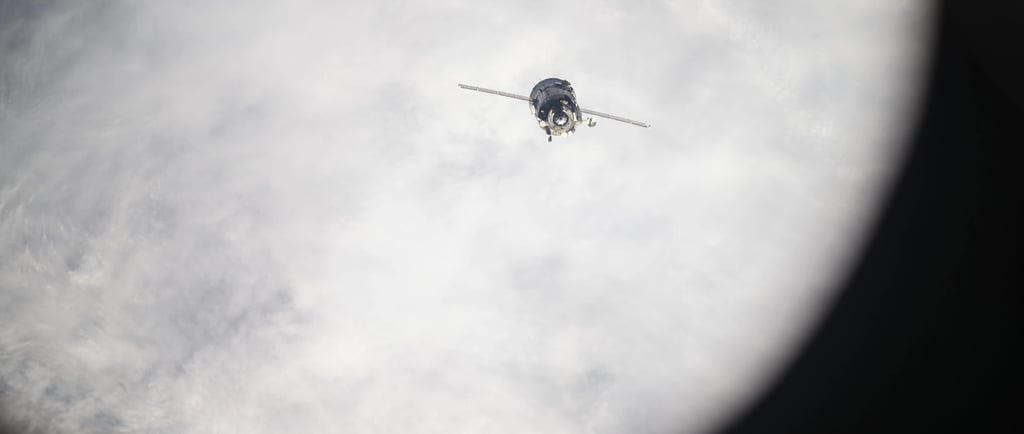Soyuz MS-26: A Return to Earth


Mission Overview
The Soyuz MS-26 spacecraft made headlines as it returned from the International Space Station (ISS) shortly after undocking on April 19, 2025. This mission was significant not only because of its contribution to space exploration but also due to the remarkable achievements of the crew onboard. The successful undocking marked the end of a fruitful journey for astronaut Don Pettit, alongside cosmonauts Alexey Ovchinin and Ivan Vagner. After approximately three hours in descent, the spacecraft safely landed in Kazakhstan, completing another chapter in the inspiring history of human spaceflight.
Scientific Contributions Aboard the ISS
While stationed at the ISS, the Soyuz MS-26 crew engaged in hundreds of hours of scientific research aimed at furthering our understanding of various phenomena. Notably, the mission included groundbreaking investigations into on-orbit metal 3D printing capabilities, showcasing how these technologies can revolutionize manufacturing processes for future missions. The capacity to fabricate tools and parts in space not only enhances sustainability but also minimizes the need for resupply missions.
In addition, the crew conducted advanced research on water sanitization technologies. Ensuring safe drinking water is critical for long-duration space missions, and the findings from these investigations will inform best practices for future explorers as they push the boundaries of our existence beyond Earth.
Exploring Plant Growth and Microgravity Research
The mission also focused on innovative agricultural techniques, particularly exploring plant growth under varying water conditions. Understanding how plants adapt in microgravity is vital for sustaining life in space, and the outcomes of these studies will contribute significantly to the development of long-term habitation strategies on other planets.
Furthermore, the investigations into fire behavior in microgravity provided insights that are essential for ensuring safety in spacecraft environments. Fire poses a unique challenge in space, and effectively understanding how it behaves under such conditions contributes to the design of safer habitats for astronauts on future missions.
Conclusion
In summary, the Soyuz MS-26 mission has played a pivotal role in advancing our scientific knowledge and refining technologies that will benefit future space missions. The successful return of astronaut Don Pettit and cosmonauts Alexey Ovchinin and Ivan Vagner not only highlights their dedication but also reinforces the significance of international collaboration in achieving breakthroughs in space exploration. As we look toward the future, the lessons learned from this mission will undoubtedly serve as a foundation for mankind's continued journey into the cosmos.
